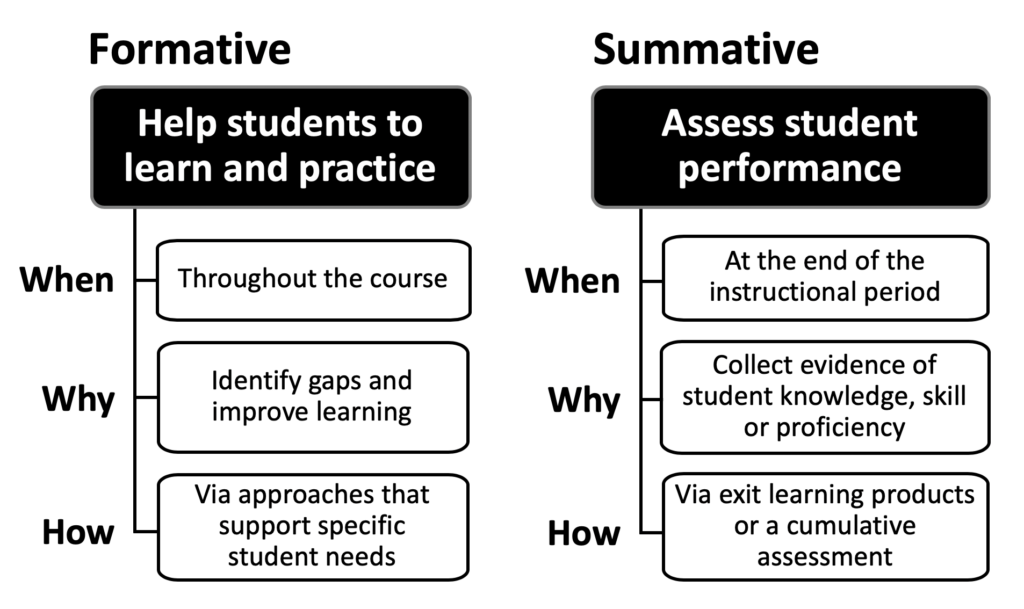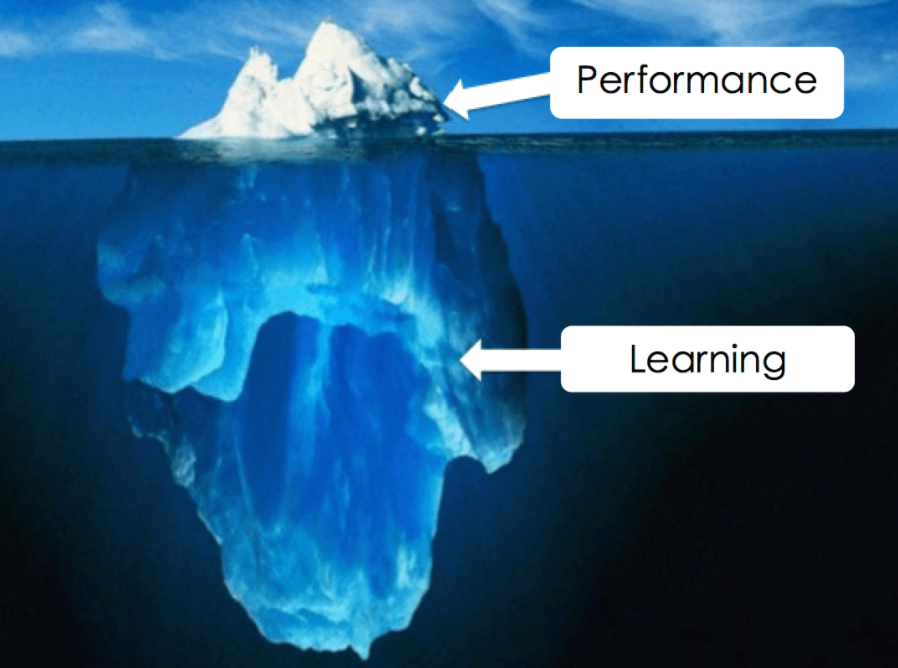Which assessment is more popular in the classroom, formative or summative assessment?
Summative assessment evaluates student learning by comparing standards at the end of a unit of study or semester. Examples include exams, quizzes, etc. Formative assessment can monitor student learning in stages and allows for timely feedback from both sides.
For teachers, formative assessments allow them to keep track of different students’ progress and promptly change the difficulty of instruction. If most of the students in the class are having difficulty absorbing the class content, the teacher needs to adjust the pace of the lecture. If only a tiny percentage of students have difficulty understanding what they are learning, the teacher can tutor the students to address their problems.
For students, formative assessments can help them understand what they are good at and not. From there, they can plan their time more effectively to focus on which subjects to review. Formative assessments are low-stakes and are not usually tied to grades. This allows students to write about their mastery of knowledge in a relaxed manner.
I prefer formative assessments as opposed to me. I can write my understanding of what I have learned in a relaxed state. I don’t have to worry about being wrong or right. This is entirely different from the level of tension during exams. If the teacher provides formative assessments at each stage, I will be aware of my deficiencies in time. If the teacher used summative assessments, which were always tied to my grades, I would be more concerned about my grades and ignore my learning content. A good or bad grade will always affect mood. This would significantly reduce motivation to learn.

